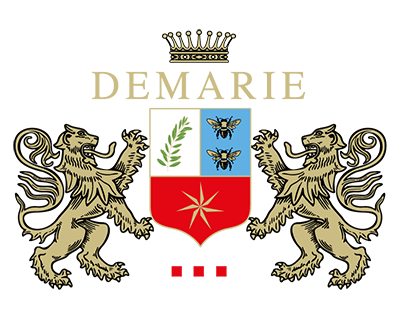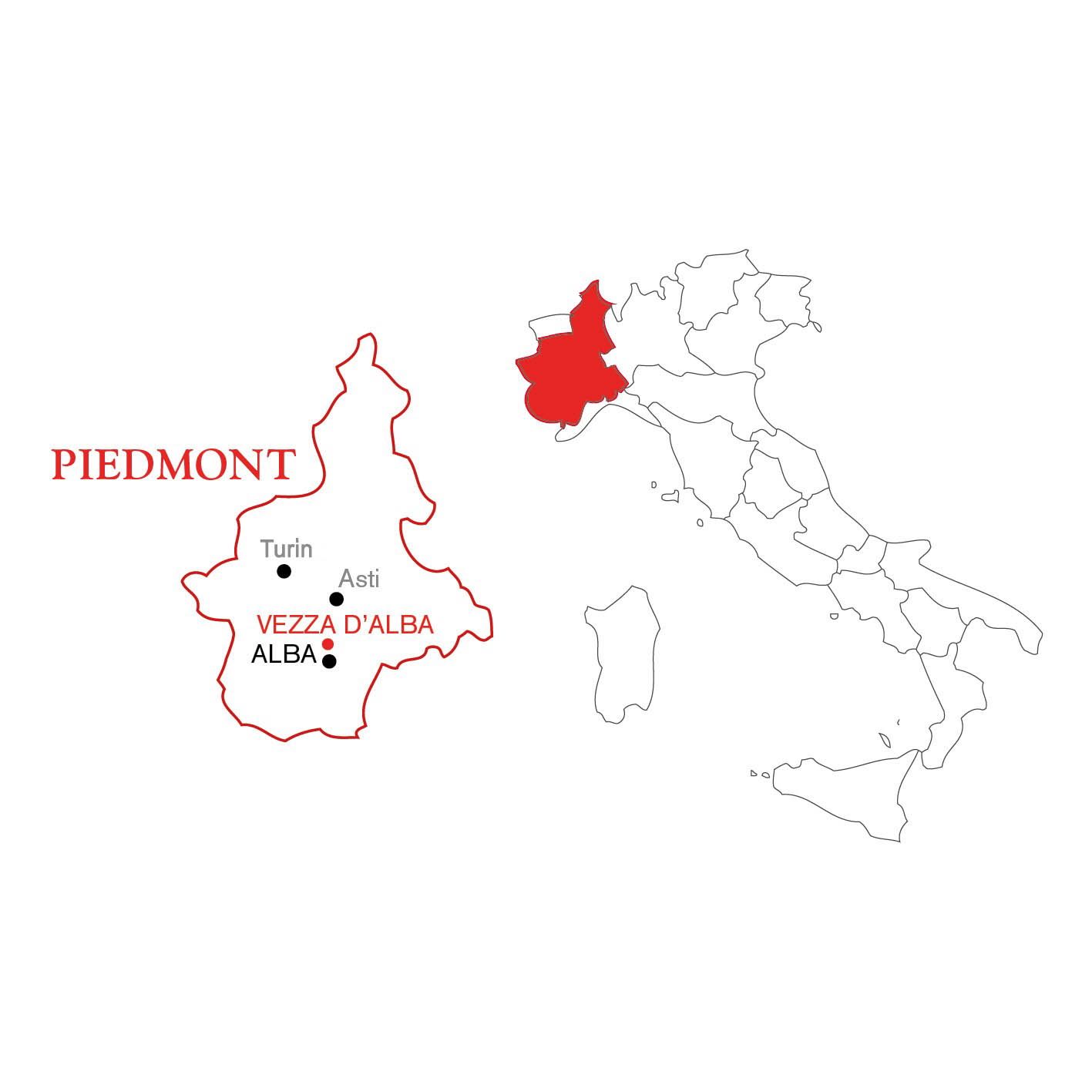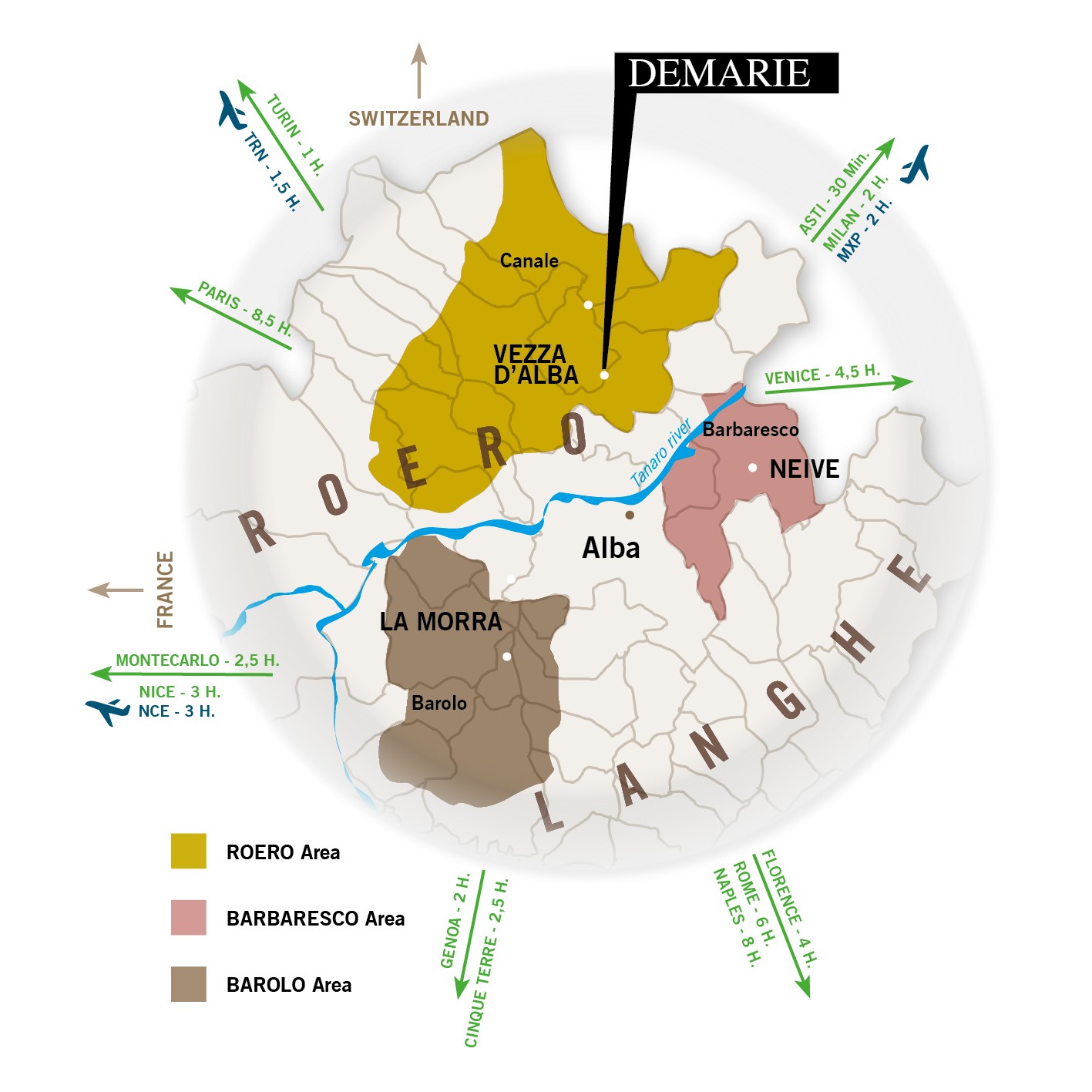The winery and its surroundings
Wines symbol of a land historically devoted to wine production, with particular attention to the protection of biodiversity
History
Three generations of wine producers
Our story begins like others of those times: a man who believes in the potential of his territory, and who chooses to tell it through wine.
The man in question is Bartolomeo, our grandfather, founder of the Demarie winery.
A bet – for the economy of that time – to invest in the wine sector; the first results, however, arrive quickly and, through challenges and satisfactions, Giovanni, his son, as well as our father, is also involved in the company.
Since then the company has continued to grow on the solid foundations built by the grandfather, and with the philosophy that has always characterized our work: a genuine, traditional production, with a special attention towards protecting the biodiversity.
Like us, future generations will come to learn the art of vineyard and cellar. That of Roero is a knowledge that is handed down, and that we hope will one day reach our children too.
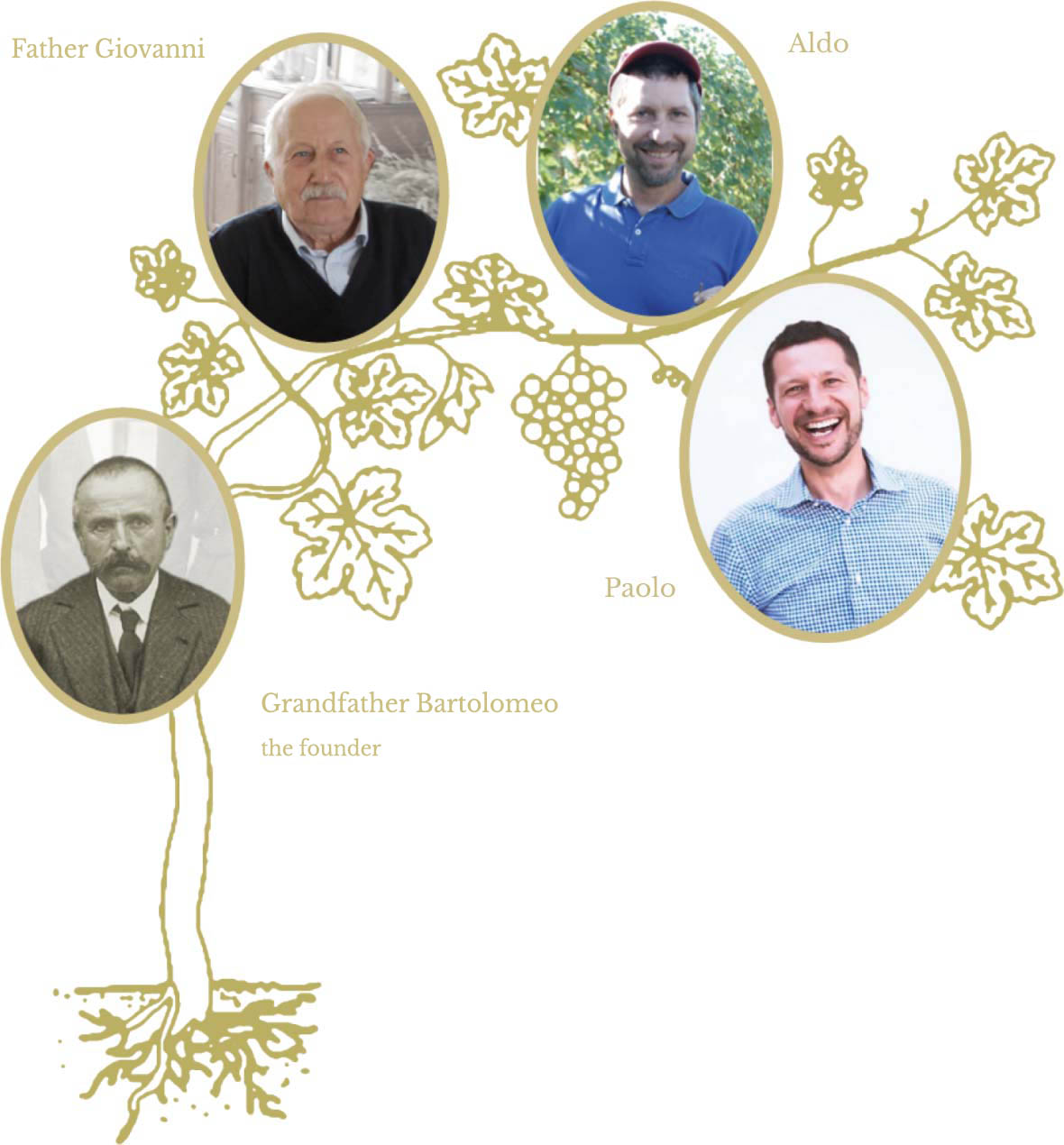
Ours is a story that must be told!
Here we are, with all the generations involved, linked by a “fil rouge” that is handed down from grandfather to nephew, from son to father. Grapes that come from the vineyard to the cellar, two brothers who work them, the wine that is born…
The cellar
The temple of wine, where magic takes place

The choice of the company to vinify exclusively the grapes coming from its own vineyards guarantees the authenticity of the product.
Soft pressing, fermentation at a controlled temperature and aging in selected woods are aimed at enhancing the natural characteristics of the grapes while maintaining their aromatic integrity.
The cellar thus becomes the place of innovation and enhancement of what experience and tradition have been able to teach us over the years.
Here the wines follow their path from must to finished product, realizing the ideals of our family and the hard work done in the vineyard.
The Demarie cultivate their own vineyards on the sunny slopes of the Roero through methods compatible with the preservation of the natural environment, vinifying the grapes only after careful selection, so as to obtain a range of wines to which the purely family atmosphere and attachment to peasant values can only give a touch of further quality…
from I Vini di Veronelli
Respecting the environment
The vineyard, where everything begins
At Vezza d’Alba, in the heart of the Roero region, over three generations of the Demarie Giovanni family have been running their domain with expertise, hard work and a truly passionate love for wine-growing, with over 20 hectares of vineyards in the boroughs of Vezza, Castagnito, Castellinaldo and Guarene.
The soft hills of Roero have always been suited to producing great wines.
The distinctive sunny slopes, the special microclimate, and excellent terroir as well as the bond that grows through years of work and experience between the winegrower and his land combine to produce unique prestige wines every year.
Individual varieties are selected for each micro-area, respect for the environment with the application of policies involving integrated combat, appropriate pruning, thinning, and hand harvesting, together with great precision in bunch selection are the aspects that contribute towards producing a range of autochthon wines that have become the symbol of their region.
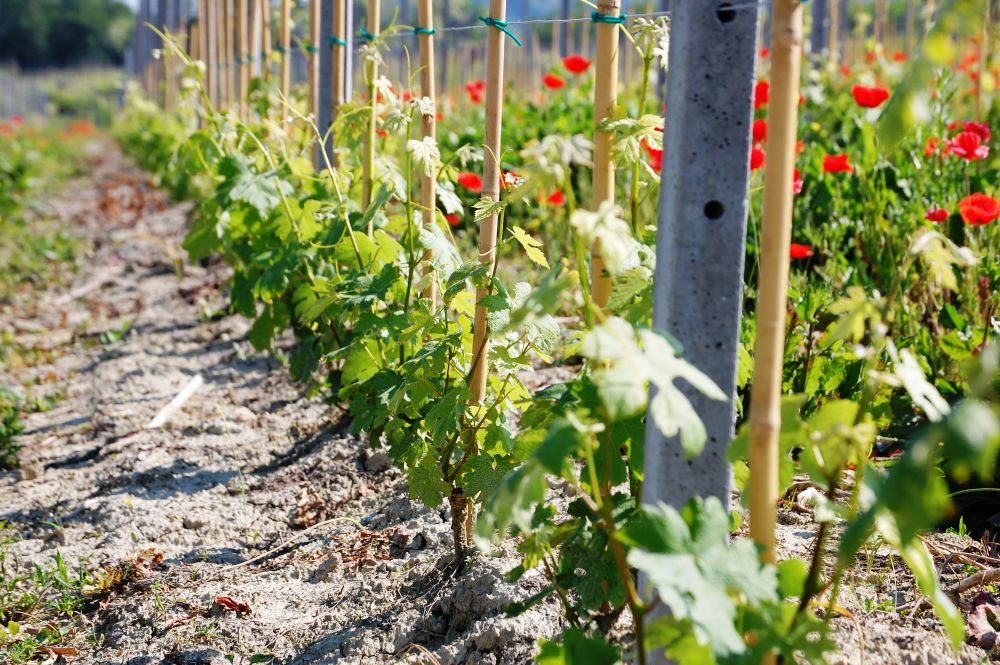
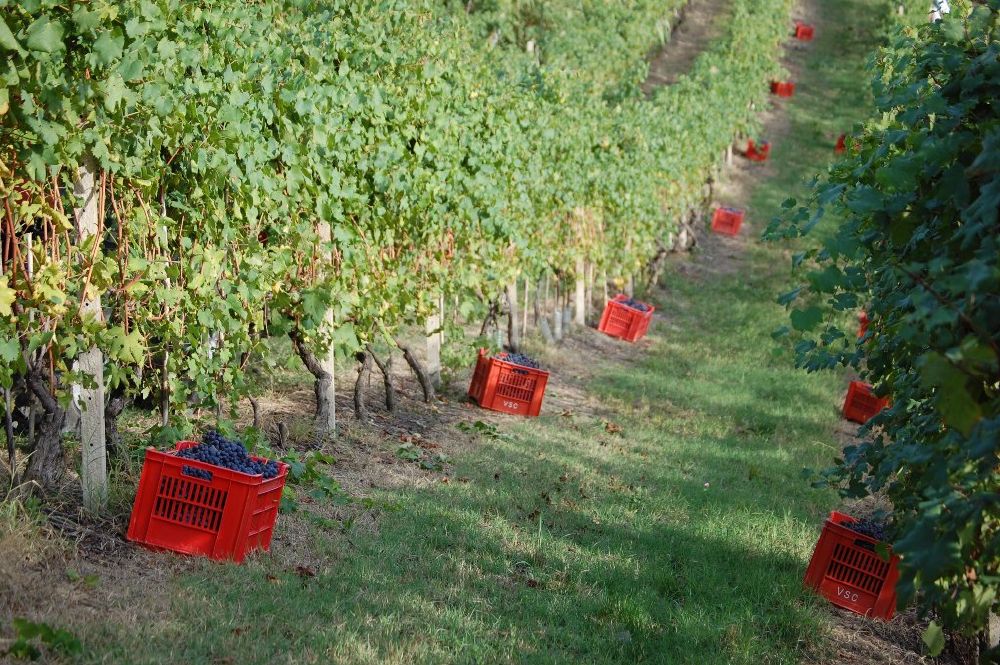
Passion for the environment
A green winery
For those who work the land, protecting the environment is an important factor. Nature gives us sustenance and the health of the earth is reflected unequivocally in the quality of our final products.
At the time of building the new winery, the decision to become “green” seemed to us the only viable way. Today we can say that our structure is completely sustainable.
The materials used in the construction, such as wood and bricks, as well as some advanced insulation techniques, help us contain heat loss.
These measures have allowed us to obtain the A + certification, the highest energy certification for buildings.
The electricity is produced by a photovoltaic system placed on the roof, while for heating we have opted for a biomass boiler (using waste wood chips, including the branches pruned by the vines).
A phytodepuration plant outside the company cleans the wastewater from the cellar through 3 stages of natural filtration. The “cleaned” water is used for irrigation of corporate green spaces
Obviously our vision does not stop there, but it also reflects on the care activities of the vineyards.
Where are we?
The landscape of Roero
Located on the left hand side of the Tanaro River, Roero is an area composed of 23 boroughs in the heart of the Piedmont region, halfway between Asti and Cuneo.
Traditionally the fief of the Savoia Family, the area took on the name “Roero” after the noble family from Asti, a name that has remained one of the foremost throughout the history of the region since the Middle Ages.
A tiny paradise composed of hills and vineyards, with a landscape of contrasting steep rises and gentle slopes. Well-known for its sandy terroir, rich in sea fossil residue, Roero has a long history of traditional winemaking.
On the slopes with the best exposure, the vines grown using the ancient system of guyot planting alternate with abundant fruit orchards.
The dense hazel nut groves growing in the flatlands, green woods and the famous ochre-yellow stone give the Roero area a fascinating peaceful beauty that is unique.
Where are we?
The landscape of Roero
ocated on the left hand side of the Tanaro River, Roero is an area composed of 23 boroughs in the heart of the Piedmont region, halfway between Asti and Cuneo.
Traditionally the fief of the Savoia Family, the area took on the name “Roero” after the noble family from Asti, a name that has remained one of the foremost throughout the history of the region since the Middle Ages.
A tiny paradise composed of hills and vineyards, with a landscape of contrasting steep rises and gentle slopes. Well-known for its sandy terroir, rich in sea fossil residue, Roero has a long history of traditional winemaking.
On the slopes with the best exposure, the vines grown using the ancient system of guyot planting alternate with abundant fruit orchards.
The dense hazel nut groves growing in the flatlands, green woods and the famous ochre-yellow stone give the Roero area a fascinating peaceful beauty that is unique.
